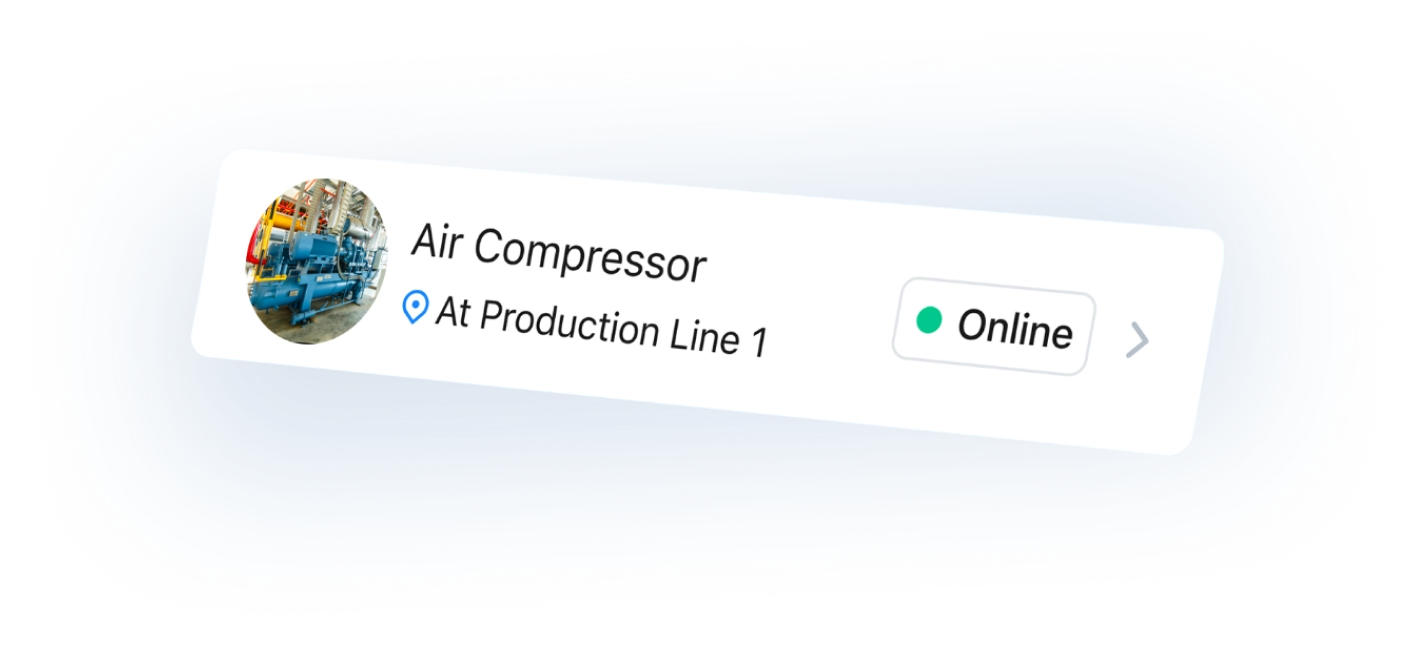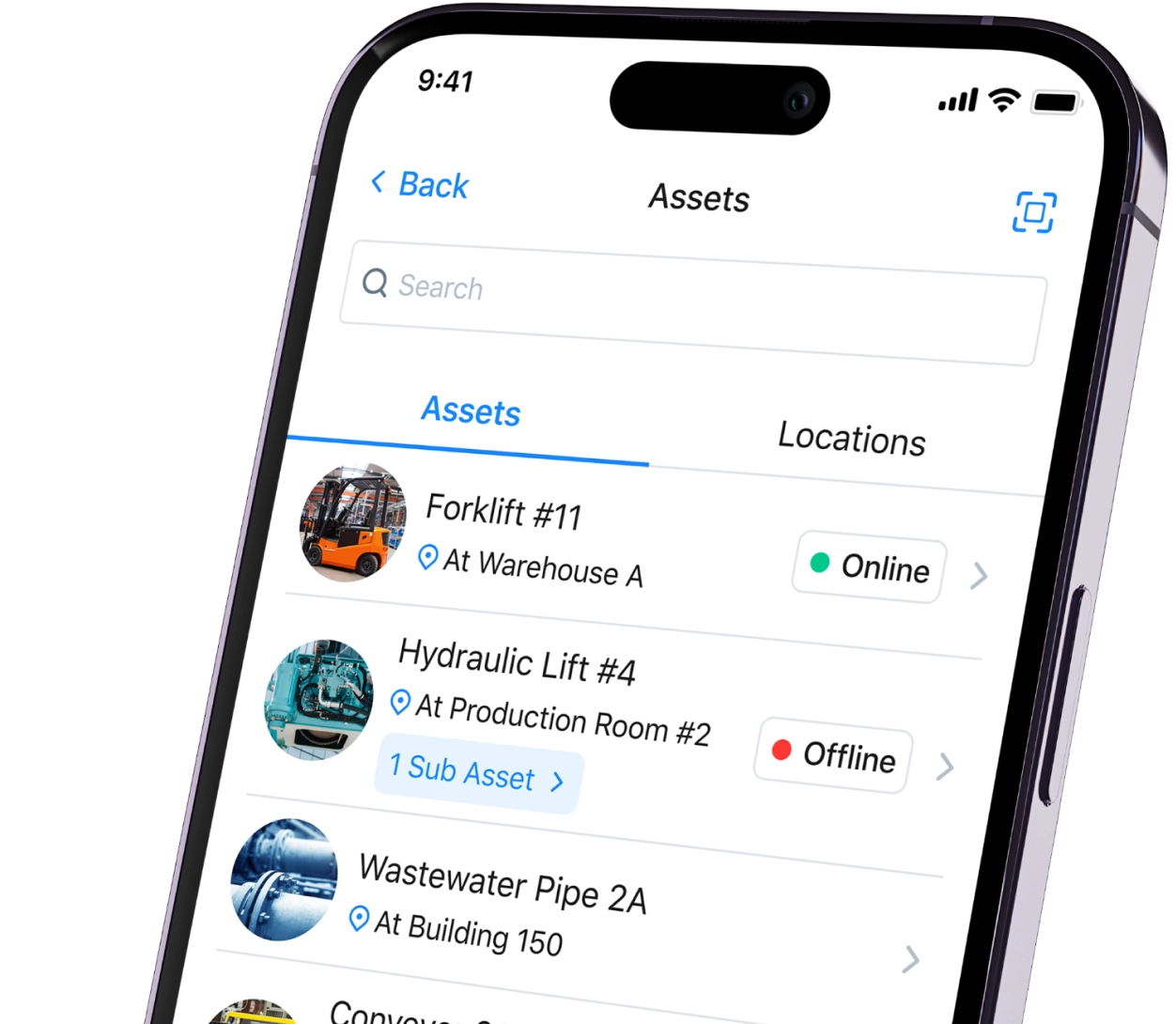What is first time right?
First time right (FTR) is a performance metric that measures the percentage of tasks, products, or processes completed correctly on the first attempt. In maintenance operations, FTR evaluates how often teams complete repairs or installations without the need for rework or return visits. This measurement serves as a key performance indicator of process efficiency and operational excellence within manufacturing and maintenance environments.
FTR is sometimes referred to as right first time (RFT) and is a fundamental component of quality control methodologies like Six Sigma and Total Quality Management (TQM). When processes achieve high FTR scores, organizations experience fewer errors, reduced waste, lower operational costs, and increased customer satisfaction.
Key takeaways
- First time right measures the percentage of tasks or products completed correctly on the first attempt without rework.
- FTR is calculated by dividing the number of defect-free products, tasks, or processes by the total number of products produced, then multiplying by 100.
- High FTR scores indicate efficient operations, reduced waste, and lower production costs.
- Implementing standard operating procedures, preventive maintenance, and regular audits improves FTR rates.
- A CMMS system helps track and improve FTR by standardizing processes and providing real-time data.
Why is first time right important in manufacturing?
First time right methodology delivers significant benefits across manufacturing operations. The approach applies to both production processes and maintenance tasks. For instance, when equipment maintenance procedures are performed correctly the first time, facilities minimize downtime and extend asset life cycles. Similarly, when shop floor tasks like machine setup or calibration meet FTR standards, production runs proceed without interruption.
FTR metrics provide maintenance teams with concrete data to measure process efficiency. This information helps identify root causes of failures and implement targeted improvements. For example, tracking FTR on preventive maintenance tasks reveals whether procedures need clarification or technicians require additional training. The systematic tracking of FTR scores enables organizations to pinpoint specific production stages and maintenance processes where errors occur most frequently.
Customer satisfaction increases when products consistently meet quality standards and deliveries arrive on schedule. When both production and maintenance processes achieve high FTR scores, manufacturing operations experience more predictable timelines, improving delivery reliability. This applies equally to internal customers (like production teams waiting on maintenance) and external customers receiving finished goods.
From a financial perspective, high process efficiency translates to substantial cost savings. The reduction in rework, scrap, and repeated maintenance visits directly improves profitability. Companies with strong FTR performance across all operational areas typically report fewer dollars lost to quality-related issues and maintenance inefficiencies.
How to calculate first time right
The first time right formula provides a straightforward method to measure process efficiency. To calculate FTR, divide the number of defect-free products (or even tasks or processes) by the total number of products (or tasks or processes) produced, then multiply by 100 to express as a percentage:
FTR = (Number of defect-free products / Total number of products) × 100
For example, if a production line manufactures 500 units and 450 units pass quality control without defects, the FTR score is:
FTR = (450 / 500) × 100 = 90%
This calculation applies to both individual production stages and overall processes. For comprehensive assessment, organizations should measure FTR at multiple points:
- Process-level FTR tracks the performance of specific production steps.
- Department-level FTR evaluates entire functional areas.
- Facility-wide FTR provides a holistic view of operational excellence.
A low FTR score indicates inefficiencies requiring attention. For instance, an FTR of 70% means that 30% of output requires rework or scrapping, signaling significant process improvement opportunities.
To calculate FTR accurately, organizations need reliable data collection systems. Digital tools like computerized maintenance management systems (CMMS) facilitate this process by automatically tracking defects, rework, and production volumes across operations.
How to improve your company's first time right rate
Create SOPs
Standard operating procedures provide clear instructions for performing tasks correctly the first time. SOPs eliminate guesswork and ensure consistency across shifts and teams. When creating effective SOPs, include step-by-step instructions with visual work instructions to reduce confusion and human error.
Involve frontline workers in SOP development to ensure practical, usable documentation and capture institutional knowledge. SOPs should incorporate quality control checkpoints at critical stages to catch potential issues before they progress. Once implemented, make SOPs easily accessible on the shop floor through mobile systems for immediate reference when needed.
Regularly review and update SOPs based on process changes and continuous improvement initiatives. This keeps procedures relevant and effective as operations evolve.
Implement preventive maintenance
Preventive maintenance directly impacts first time right performance by ensuring equipment functions optimally. Regular maintenance prevents unexpected breakdowns that lead to rushed repairs and potential errors. Implement a structured preventive maintenance schedule based on manufacturer recommendations and equipment history.
Track maintenance activities through a CMMS to ensure consistent completion and documentation. Use the system to generate automated work orders with detailed instructions to guide maintenance teams. Document equipment performance data to identify patterns and address recurring issues before they cause production problems.
Train maintenance personnel on proper procedures and provide necessary tools for successful implementation. This investment reduces the likelihood of human error during maintenance activities. Regularly review maintenance effectiveness through FTR metrics to continuously refine the preventive approach.
Support maintenance with AI
AI-powered maintenance systems enhance first time right performance through predictive analytics and real-time monitoring. These systems analyze equipment data to detect potential failures before they occur, allowing for planned interventions rather than emergency repairs.
AI tools help diagnose complex issues by analyzing historical maintenance data and identifying patterns human observers might miss. This leads to more accurate first-time repairs. Advanced systems generate recommendations for preventive actions based on equipment condition and performance trends.
When implementing AI support, integrate systems with existing CMMS platforms to centralize data and streamline workflows. Train maintenance teams to effectively use AI insights in their daily work. Regularly review system recommendations against actual outcomes to refine algorithms and improve future suggestions.
Regularly review materials and suppliers
Material quality directly impacts first time right rates in production and maintenance processes. Implement a systematic supplier evaluation program to ensure consistent quality from vendors. Conduct regular audits of incoming materials to identify potential issues before they enter production.
Establish clear quality standards for all materials and communicate expectations to suppliers. This creates accountability throughout the supply chain. Develop contingency plans for supplier or material issues to minimize production disruptions.
Regularly analyze defects related to materials to identify trends and address root causes. This data-driven approach prevents recurring problems. When possible, involve suppliers in process improvement initiatives to align quality goals across organizations.
FAQs on First Time Right
The FTR process involves designing and implementing systems to ensure tasks are performed correctly on the first attempt. This includes developing standard procedures, training personnel thoroughly, implementing quality checks, and continuously monitoring performance metrics. The process emphasizes identifying and addressing root causes of errors rather than simply correcting mistakes after they occur. Organizations with mature FTR processes typically incorporate regular audits, feedback mechanisms, and continuous improvement initiatives to progressively increase their FTR scores.
The formula for calculating first time right is: FTR = (Number of defect-free products / Total number of products produced) × 100
This calculation provides a percentage representing how often processes achieve the desired result without rework. For service operations, the formula might be adapted to: FTR = (Number of services completed correctly on first attempt / Total number of services performed) × 100
Both calculations measure process efficiency and quality performance.
First time right methodology delivers multiple benefits to organizations. These include reduced operational costs through elimination of rework and waste, improved customer satisfaction through consistent quality, increased operational efficiency, and higher product reliability. Additional benefits include shorter production cycles, better resource utilization, reduced warranty claims, and enhanced employee morale through less frustrating rework. For maintenance operations specifically, high FTR performance means fewer repeat service calls, more efficient use of maintenance resources, and reduced equipment downtime.
See MaintainX in action






